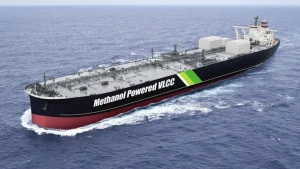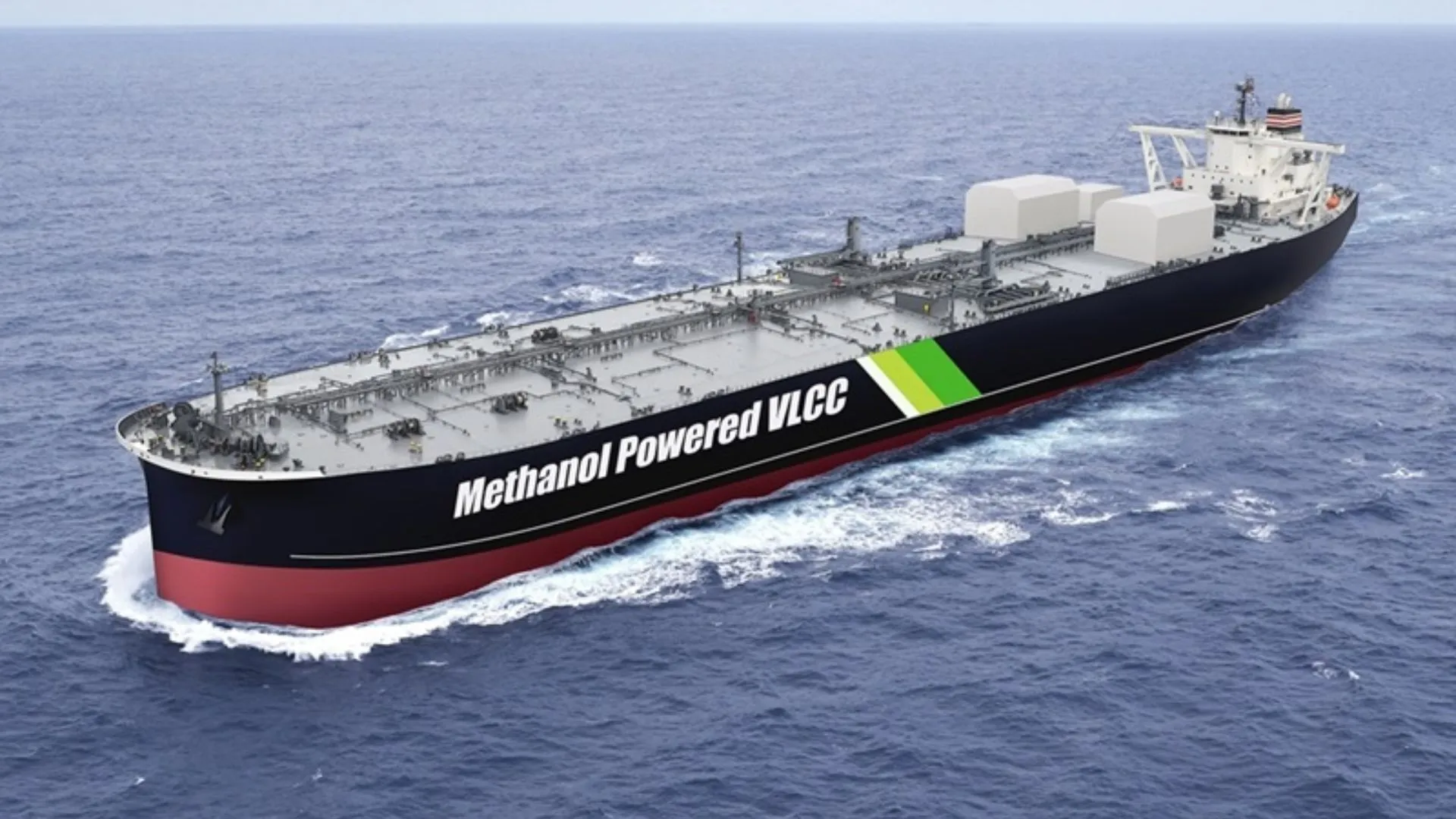
10/30/2025
For decades, Asian nations have been the undisputed leaders in global shipbuilding, consistently setting the benchmark for scale, innovation, and efficiency. Today, this legacy is powered by the industrial dominance of countries like China, South Korea, and Japan, which collectively command the vast majority of the world’s commercial vessel construction. From record-breaking container ships and advanced LNG carriers to groundbreaking green technologies like methanol-powered tankers, Asia is not just building ships—it is steering the entire maritime industry toward its future.
Japan has once again cemented its status as a global leader in technological innovation with the announcement of a groundbreaking 310,000-ton methanol-powered oil tanker. This colossal vessel is not just a feat of engineering but a significant stride toward a greener future for the maritime industry, blending Japan’s storied shipbuilding expertise with cutting-edge environmental solutions.
The project underscores Japan’s commitment to leading the transformation of global shipping, proving that operational efficiency and sustainability can go hand-in-hand.
A Giant of Innovation: The Dual-Fuel Propulsion System
At the heart of this new Very Large Crude Carrier (VLCC) is a revolutionary dual-fuel propulsion system that sets a new industry benchmark. This advanced system allows the tanker to operate on either conventional heavy fuel oil or cleaner-burning methanol, providing unparalleled fuel flexibility.
Key to its efficiency is an advanced shaft generator that captures mechanical rotational energy and redirects it directly to the propeller system. This innovative technology minimizes energy loss, optimizing the vessel’s overall performance and reducing its environmental footprint.
The Environmental Edge of Methanol
The shift to methanol as a marine fuel offers substantial environmental benefits. When used instead of heavy fuel oil, methanol can reduce CO₂ emissions by approximately 15%. The future looks even brighter with the potential for “green methanol,” produced from sustainable biomass or synthesized using captured CO₂ and green hydrogen, which promises near-zero emissions.
This transitional fuel is particularly attractive because it requires minimal modifications to existing global port infrastructure, unlike more complex alternatives like battery systems or liquefied hydrogen.
The Context: The maritime sector is a significant contributor to global emissions, generating nearly 1,000 million tons of CO₂ annually—a footprint equivalent to the entire country of Germany. This highlights the urgent need for practical and scalable clean shipping technologies.
Vessel Specifications at a Glance
| Specification | Measurement |
|---|---|
| Length | 339.5 meters |
| Beam (Width) | 60 meters |
| Deadweight Tonnage | 310,000 tons |
| CO₂ Reduction | 15% vs. heavy fuel oil |
| Planned Delivery Date | 2028 |
A Unified Vision: Japanese Engineering Collaboration
This ambitious project is spearheaded by NYK Line through a powerful collaboration with leading Japanese maritime firms: Idemitsu Tanker, IINO Kaiun Kaisha, and Nippon Shipyard. Since 2024, this consortium has worked in unison to design and construct the hybrid propulsion system, ensuring peak performance across different fuel types.
The vessel is meticulously designed to “Malacca Max” specifications, meaning its dimensions are optimized to navigate the critical Strait of Malacca—a vital maritime chokeline handling the majority of oil flows from the Middle East to East Asia.
The project’s commercial viability is secured through long-term leasing arrangements with Idemitsu, demonstrating strong industry confidence in methanol-powered shipping.
The Pragmatic Path to a Cleaner Shipping Industry
There is a certain paradox in creating a cleaner vessel to transport fossil fuels, but it highlights a pragmatic approach to the energy transition. While the tanker’s cargo remains crude oil, its operation significantly reduces the environmental impact of the transportation required by today’s energy needs.
Methanol stands out for its practical operational benefits:
-
Compatibility: Works with existing marine engine technologies.
-
Infrastructure: Easily transported and stored using conventional systems.
-
Scalability: A viable solution for large-scale global shipping operations.
-
Cost-Effectiveness: Far more economical than a complete infrastructure overhaul.
This vessel represents a crucial trajectory correction—a practical step that can be implemented immediately while the industry works toward more revolutionary, long-term solutions.
The Future: Charting a Course for Carbon Neutrality
This methanol-powered giant is a cornerstone of NYK Line’s comprehensive strategy to achieve carbon neutrality by 2050. While electric propulsion is still limited to short routes, and other alternative fuels face infrastructure hurdles, NYK’s methanol strategy offers a pragmatic and immediately actionable path forward.
Japan’s leadership in this arena positions it at the forefront of maritime innovation. The success of this 310,000-ton tanker, set for delivery in 2028, will serve as a critical proving ground. Its performance will likely accelerate industry-wide adoption of methanol technology, setting new global benchmarks for sustainable shipping and paving the way for a cleaner maritime future.

